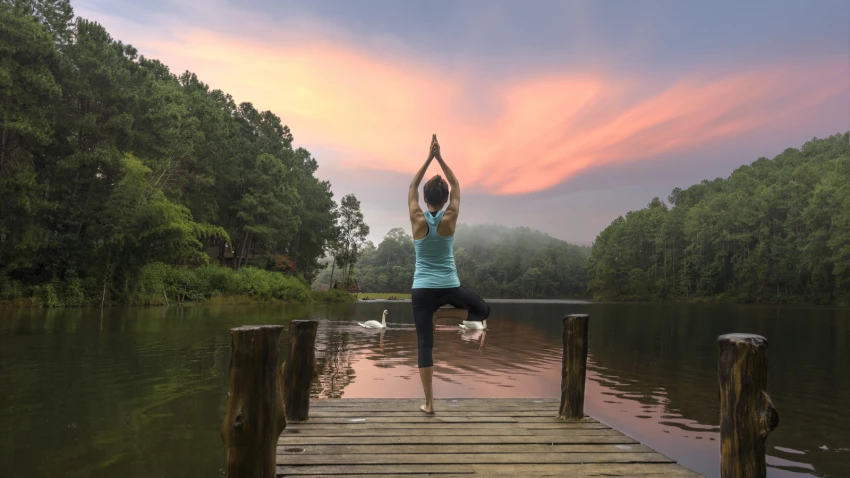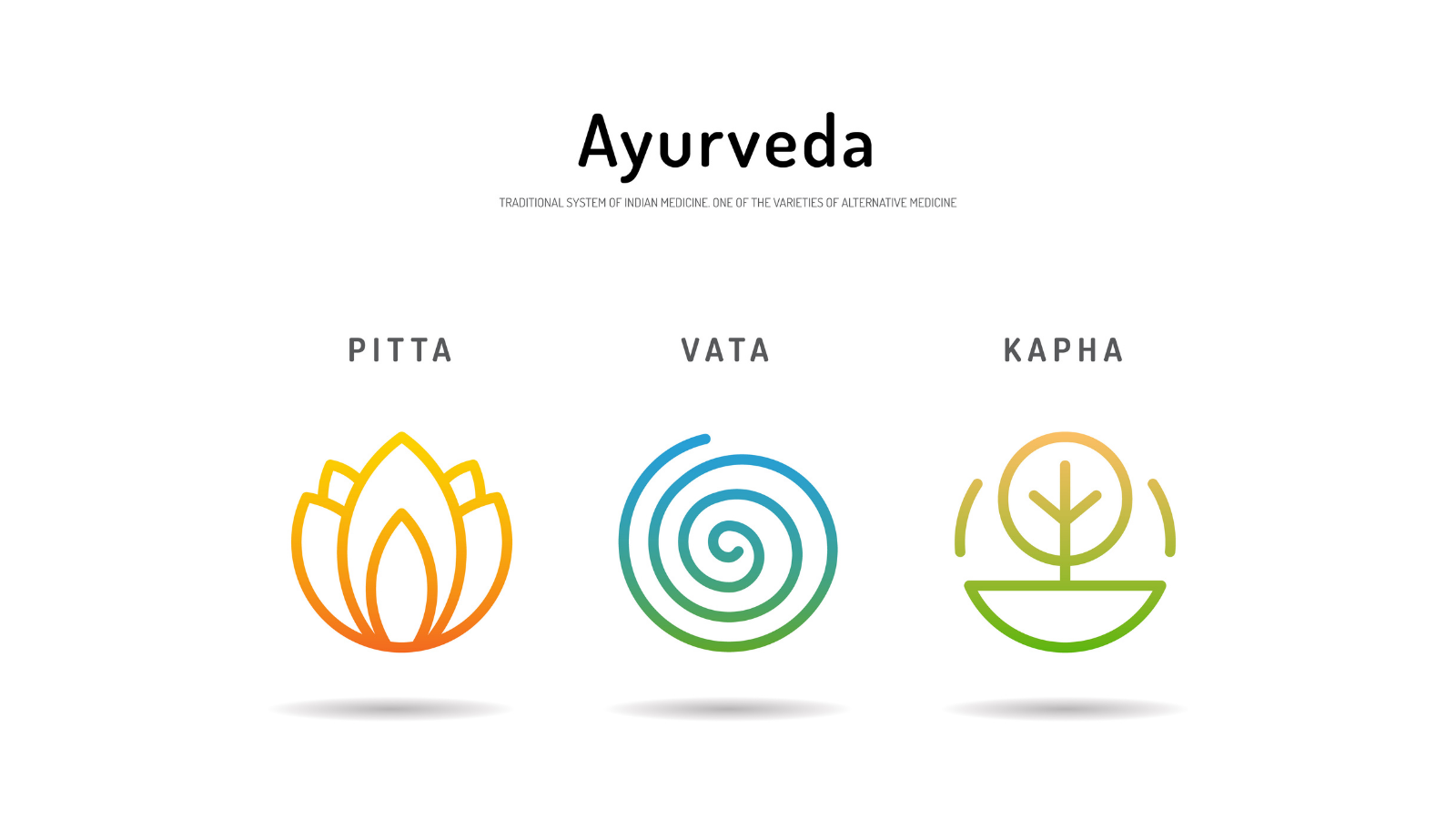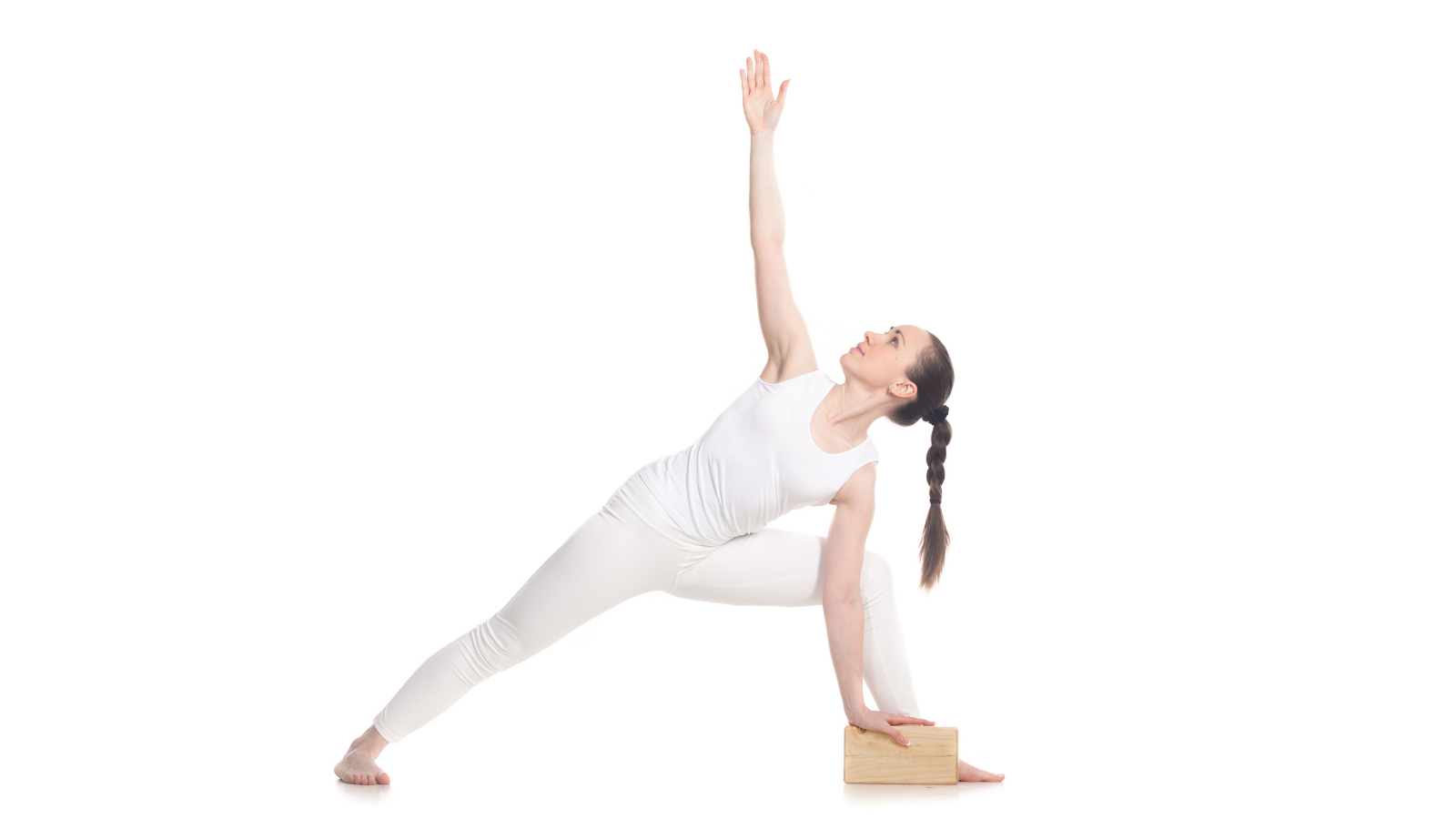What Are Ayurveda’s Doshas?

Ancient texts say that Lord Brahma created all the worlds and the people, including the gods, humans, and demons. He created all this through the Vedas or the vibratory “codes” of creation. These codes were recorded by the ancients in three texts known as Rig Veda, Yajur Veda, and Sama Veda. In the beginning, only these three were known. Then came the fourth Veda, which was known as Atharva Veda.
It is said the mantras of Atharva Veda were heard by a rishi named Atharvan during higher stages of meditation. These were initially not accepted by the seers of that time; however, after much debate, it was eventually included by Sage Vyasa as one of the principal Vedas. Atharva Veda contains specific mantras for healing as well as names of herbs and is the source of the most famous upavedas of our age that we know as Ayurveda.
What is Ayurveda?
Ayurveda is the science of healing and an ancient system of medicine that is derived from the laws of nature itself. However, it is not just about the physical aspects of life. It is also spiritual, as it aims to bring balance to both the body and mind so we can pursue higher yogic practices. While Atharva Veda gives us the physical healing side of Ayurveda, the other three Vedas contribute to the spiritual side.
Since Ayurveda is based on the Samkhya philosophy, it believes that the entire world is created from the inherent forces of nature or Prakriti. These natural forces create the five elements which combine in different ways to create the three Ayurvedic doshas.
What are the Ayurvedic Doshas?

Ayurveda has three main types of constitution called Vata, Pitta, and Kapha. Doshas are a combination of the five elements of nature—earth, water, air, fire, and space—that define the dosha’s characteristics. Ayurveda believes that all of us are a combination of one or more of these, and they decide our natural likes and dislikes, physical characteristics, and disease tendencies.
As long as we live in harmony with our constitution, we will remain healthy. But if we start doing things that are contrary to our Ayurvedic personality, ill health and disease will take over. That’s the fundamental premise of this ancient science. That is why Ayurveda recommends a different diet, lifestyle, and seasonal regimen for the different constitutions because everyone is not built the same way. Moreover, according to Ayurveda, this combination is decided at the time of conception itself and can never be changed.
So, how do the five elements become doshas and define our nature? Let’s take a look.
Vata Dosha
What does the wind do? It loves to move, and it helps us fly. It is light, but even then, it is powerful enough to erode mountains. It cannot be held in one place; it loves to escape and likes to be everywhere at the same time. But it can be harnessed by windmills to generate energy, thousands of megawatts of electricity!
Humans have the power of air too. Just like in nature, it causes us to move. This includes the movement of our legs taking us places, our heart pumping blood or our digestive waste being eliminated, or our mind thinking thoughts. All of this is made possible by air that exists in space, and it is called the Vata Dosha in Ayurveda. It is the kinetic energy of our bodies.
The air element dominates Vata, and air represents movement, dryness, and cold. The quality of dryness causes Vata types to get stiff joints and arthritis.
It also makes us want to be everywhere at the same time, and under its influence, we become multitaskers or jacks of all trades. It is very light, so it doesn’t allow us to gain weight or hold things. Just like a strong wind can destroy rocks, an aggravated Vata can destroy our bones (osteoporosis) and can dry out our joints (arthritis).
It likes to live in our colon, and that’s why when it is imbalanced, we get gassy or constipated. Dry skin is another sign that strong winds within or outside have dried out our body’s moisture. Like the wind, even Vata can be tapped into for generating energy. And in that energetic form, it is called prana.

Pitta Dosha
What does fire do? Fire gives us heat and light. Through its heat, things get transformed: ice becomes water, and water becomes air. In our body, it helps us by converting food into energy. It gives light, and that allows us to see things. A candle and a torch dispel darkness. Likewise, the fire within us improves our perception by making things clearer. The fire also purifies, and that’s why it is considered sacred. Dead bodies are burnt in it, bhasma (herbal ash) is made with it, and havans (sacrifices) are conducted around it.
But fire is ruthless. When out of control, it burns and destroys everything mercilessly. And it is voracious; it needs to be fed, or else it will consume us for its satisfaction, burning through our tissues like ulcers. That’s why fire people are driven and passionate; they have a natural hunger and thirst for knowledge (and food). They’re intense, but their excess fire manifests as anger, which destroys them and those around them. It makes them competitive, irritable, aggressive, and very self-critical.
Fire needs moderation: too little, and it will die; too much, and it will destroy. This is the pitta dosha of Ayurveda, and it creates transformation.

Kapha Dosha
What does the Earth do? Earth gives everything structure and form. It is used to create boundaries like walls, buildings like castles, and when tempered with water, it allows us to generate food. Earth and water together form the Kapha dosha. Just like these two elements, in our body, Kapha gives us strength, structure and nurtures us. It also binds things together, whether it is our joints, our families, or simply the ability to hold on and work through problems rather than running away from them.
Unlike air, which likes to move, and fire, which likes to soar higher, earth likes to stay. Therefore it is excellent for stability and grounding. However, in excess, it can cause us to stagnate or become rigid in our ways. It also creates obesity and congestive issues. Kapha is one constitution that benefits from a vegan diet and by doing strenuous vinyasa yoga practices (it’s important to build capacity gradually, not suddenly). However, they need someone to push them into it.
A Kapha person would typically be a little larger in build; that does not mean they’re unhealthy or overweight. Hence they must remember to not compare themselves to the typical Vata-type slender bodies. In fact, in Ayurveda, Kapha is the best constitution, though, in our modern life, it is denied and suppressed all the time.
Low fat and diet foods, individuality over the community, ambition over love, self over others—all these habits leave little space for it. Generally, Kapha people are relatively healthy, but the modern obsession with being thin marginalizes them, and that’s unfortunate.

How the Doshas Combine
These are the three primary doshas of Ayurveda. They combine in different proportions to create a million different combinations, but primarily, seven main types of personalities are recognized in Ayurveda. These are as follows:
- Pure Vata
- Pure Pitta
- Pure Kapha
- Vata-Pitta
- Pitta-Kapha
- Kapha-Vata
- Vata-Pitta-Kapha
The pure-type personalities are considered the best and dual types more difficult; however, the seventh type, which has an equal measure of all three doshas, is regarded as the most supreme—and the rarest—of all.
Also, read...
Vagus Nerve Activity Can Impact Cancer Prognosis, Research Shows
4 Yogic Tips to Make your New Year’s Resolutions Stick
Yoga for Mindful Eating: 12 Tips for Practicing Presence While You Eat
Related courses

Namita Piparaiya is a Yoga and Ayurveda Lifestyle Specialist and the founder of Yoganama. A former corporate executive, she spent over a decade, from management trainee to business head, with leading MNCs including Citibank, Aviva, and Generali before finding her true calling in Yoga.
As part of her wellness journey, she has completed over 700 hours of Yoga Alliance certified training in Hatha Yoga. She has also studied Pranayama, Ayurveda, Yoga Philosophy, and Indian scriptures from some of the most reputed institutions and teachers in India and abroad. These include courses and workshops across Oxford Centre for Hindu Studies, Cambridge Summer School, eCornell, The Himalayan Institute (USA), David Frawley’s American Institute of Vedic Studies, Chinmaya Mission, India Yoga, Paulie Zink (founder of Yin Yoga), and BNS Iyengar (Mysore). Her approach is, therefore, holistic and unique, bringing together all her experiences to build a strong connection between the body, breath, mind, and one’s inherent constitution and nature.
Namita is acclaimed as one of the leading Yoga influencers in India, with a very engaged and dedicated following across social media platforms. She has been featured and published by India Today, Statesman, The Week, Business World, Elephant Journal, Cosmopolitan, Grazia, and other leading publications in India and abroad.
Namita is an Honours graduate in Mathematics from Delhi University and has an MBA from Symbiosis (SCMHRD), Pune. An avid traveler, she visited 53 cities across 15 countries in 2019, exploring the philosophies, cuisines, and customs of different cultures. She lives in Mumbai, India.



